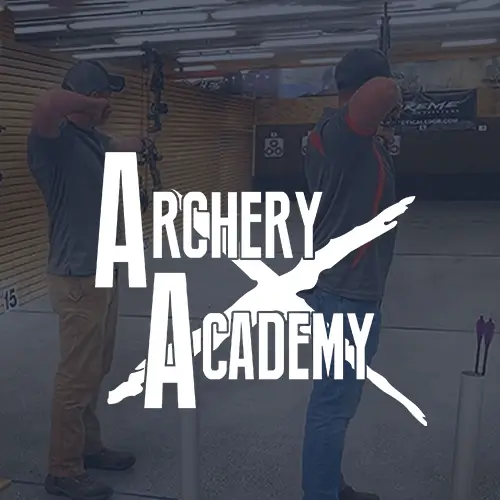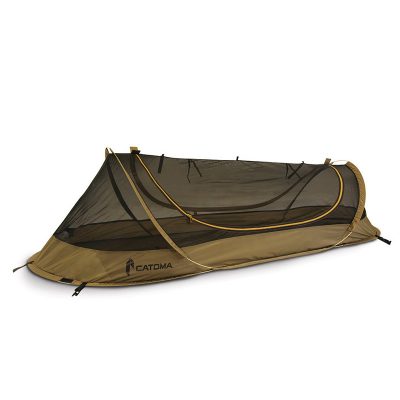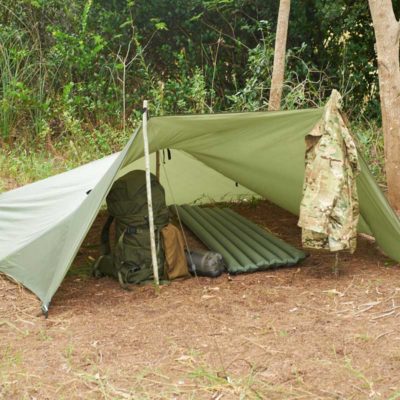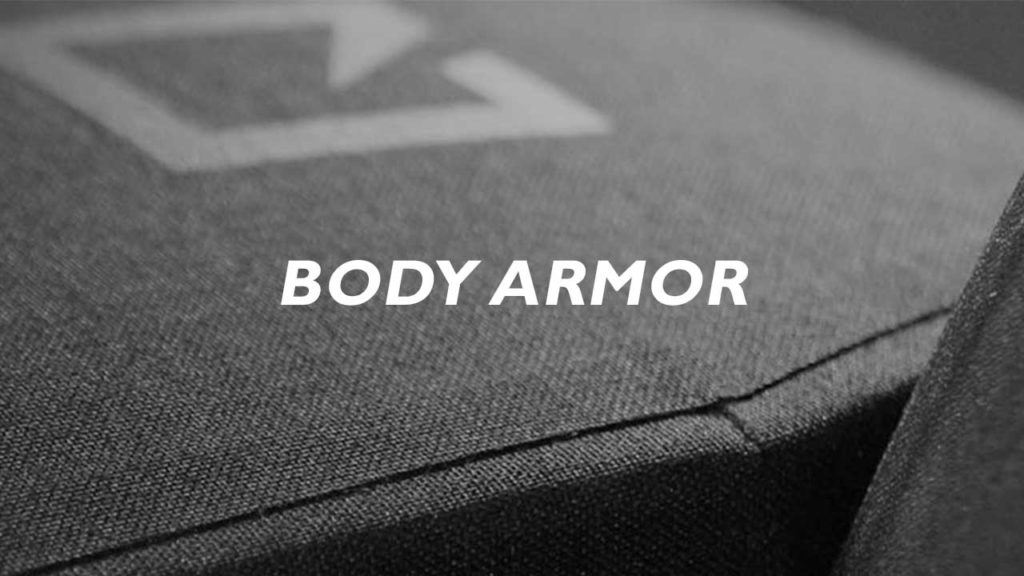Complete Guide to Understanding Body Armor Protection Levels
There is a growing market for body armor among many groups of people, as it isn’t just useful for law enforcement and military personnel anymore. Body armor is an important addition to a home arsenal and it can be used to protect you and your family members in a variety of potential scenarios, including something as mundane as a hunting expedition.
But knowing which body armor is best for your needs isn’t simple. In this article, we’ll look at different levels of body armor and armor ratings to help you make an informed decision.
What Is Body Armor and Armor Ratings?
If the term body armor doesn’t resonate with you (or makes you think of the sports drink by the same name), you might be familiar with one of its other names: suit of armor, personal protective clothing, or even one type of body armor: bulletproof vest.
Simply put, body armor is a type of garment that is worn to protect against, absorb, or deflect attacks. Similar to the suits of armor worn by knights and warriors in medieval times, it is meant to protect the human flesh underneath. These days, when people talk about body armor, they’re usually talking about garments that protect against bullets and firearms.
As far as armor ratings, that’s just how users like wearing body armor, right? Nope! In fact, armor ratings refer to the types of rounds and velocities that body armor is capable of stopping. Let’s look at that next.
Body Armor Ratings Overview
As you may have expected, not all body armor is created equal. The National Institute of Justice recognizes five body armor ratings: Level IIA, Level II, Level IIIA, Level III, and Level IV. Generally speaking, they become more and more protective as the numbers increase.
 The National Institute of Justice’s Office of Law Enforcement Standards began its rating system almost 30 years ago and has revised it several times since. This standardization is crucial for everyone who uses body armor. This way, it isn’t up to the individual manufacturers to provide their own ratings system or describe the kinds of ballistics against which their products protect.
The National Institute of Justice’s Office of Law Enforcement Standards began its rating system almost 30 years ago and has revised it several times since. This standardization is crucial for everyone who uses body armor. This way, it isn’t up to the individual manufacturers to provide their own ratings system or describe the kinds of ballistics against which their products protect.
As you can see, body armor ratings are what everyone uses to decide which type of armor they need. Let’s take a brief look at the five recognized ratings of body armor and how they compare.
Level IIA
As the lowest armor rating, Level IIA is the lightest and easiest to conceal. It offers the least protection, though it is still capable of stopping a .9mm Full Metal Jacket (FMJ) round fired at a speed of 1165 feet per second or a .40mm Smith and Wesson FMJ fired at 1065 feet per second. This is the typically the most comfortable type of body armor and it is easy to move when wearing it.
Level II
Level II body armor is also fairly soft and comfortable, though slightly less so than Level IIA. That said, the increase in the amount of protection it provides, particularly against blunt force trauma, has rendered IIA somewhat obsolete. Level II can stop a .9mm FMJ round fired at a speed of 1265 feet per second.
Level IIIA
Usually, Level IIIA armor is still soft, though there are lightweight hard plates available as well. It offers protection against .44 Magnum Semi Jacketed Hollow Point round at a velocity of 1430 feet per second.
Level III
Level III is good for hunting because it can stop a .308 Winchester round. It also offers protection against military M80 at a velocity of 2780 feet per second.
Because Level III can be made from a variety of materials, it ranges widely in prices. The cheapest models are also the heaviest, usually made from steel, and weigh around eight to ten pounds. If you’re looking for a vest to use while hunting, you might want to invest in the lighter three- to five-pound models to increase ease of movement.
Level IV
Finally, Level IV armor is the highest armor rating currently on the market. It is available for purchase by civilians. It offers protection against one hit from an armor-piercing rifle. That being said, sometimes Level III is preferable. This is because Level IV is only designed to stop one shot from a higher-powered rifle rather than the six shots that the Level III can take from a less powerful weapon. Therefore, the uses for Level IV are very specialized and not always best for civilians.
Other Things to Consider
We also recommend pairing a vest with some additional protection against blunt trauma. Even though these vests will stop the bullets, a person wearing them can still experience significant injury from the bullet’s kinetic energy, which is transferred to the person.
Whatever your needs, we can help you choose the armor rating, body armor, and other protective gear that’s right for you.










